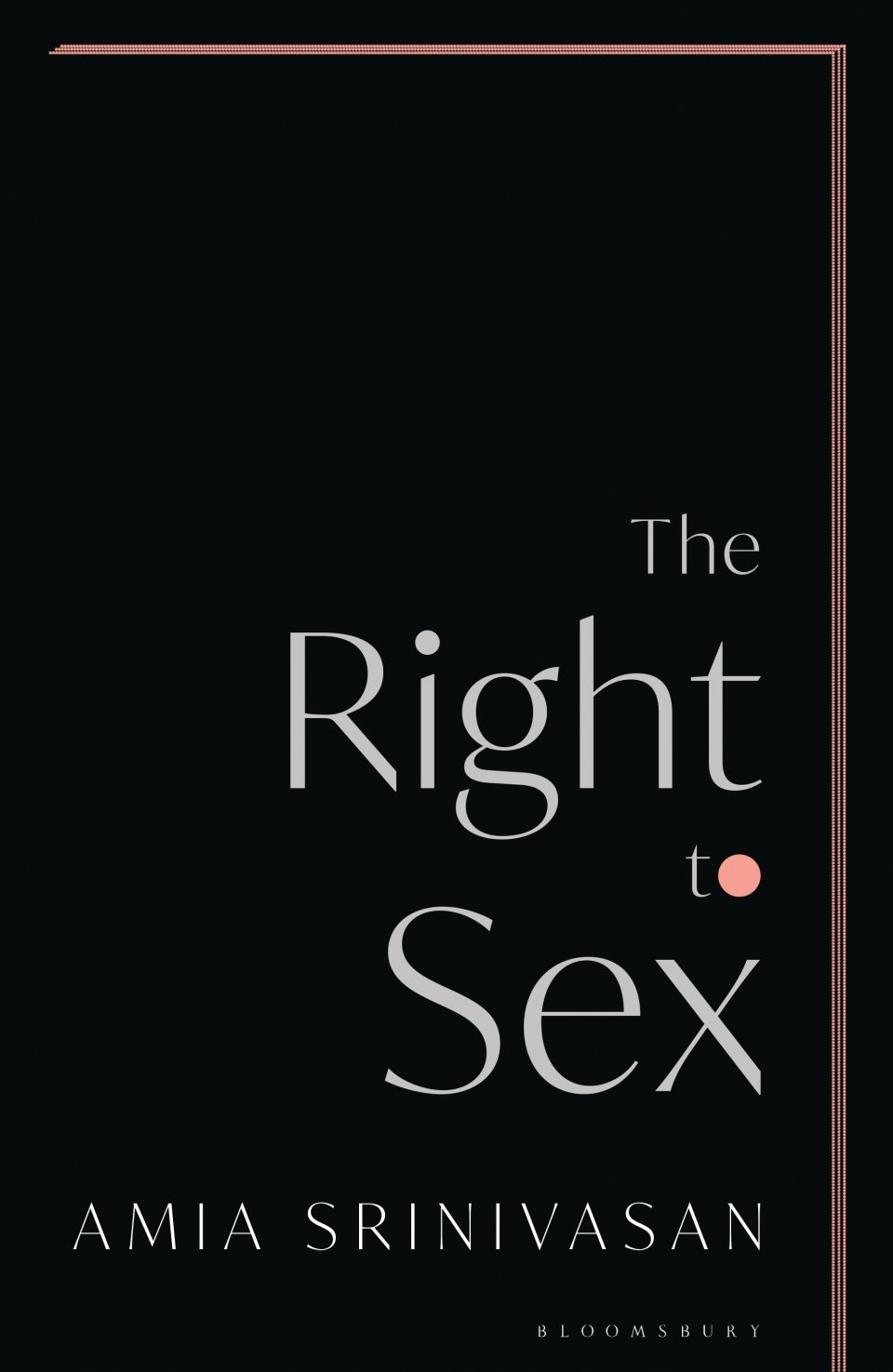City Pages Review: Understanding sex, feminism and porn in the 2020s

Since the curtains came down on 2019, many of us have spent more time inside our homes than we had ever imagined. The pandemic has thrown up political and social change rarely seen in peacetime, but living through and talking about Covid has consumed incredible amounts of oxygen, often to the exclusion of other worthy issues.
In a series of reviews released this week, CityAM columnists have cherrypicked books to help make sense of our lives outside of our living room.
The Right to Sex by Amia Srinivasan

Review by Sascha O’Sullivan
Sex, feminism and porn have all been cornerstone battlegrounds of what are now tediously called the culture wars. They are an easy target for misunderstanding because few are able to unpick the various threads of controversy in a way that is both accessible and lively. It is unsurprising then, that Amia Srinivasan’s ‘Right to Sex’ has already stirred either anger or unconditional approval on both sides of the barracks.
The series of essays by Srinivasan, an Oxford don and professor of social and political theory, takes a sweeping look at the thorny issues which plague the current feminist zeitgeist, from the concept of male privelege, the difficult territory between racism and sexism, the impact of trial by social media to the corrolation between our expectations of sex and pornography.
Srinivasan delves into each topic with a genuine curiosity. She pulls apart men’s fear of being falsely accused of rape, something she says “like a plane crash, is an objecively unusual event that occupies an outsized place in the public imagination”. Her natural disdain is balanced by her careful consideration of men whose lives are derailed, not because of a legal charge against them, but because of online persecution. She dismisses the notion that calling out an alleged harasser is “just a form of speech”, warning that “in a world in which people can and do get fired not for their actions but for the public outrage they cause, these actions cannot be regarded as mere speech.” Women are failed by the power of what Srinivasan calls the carceral state, so they turn to the means available to them – especially social media – in order to settle the score and find their own justice.
Intersectional feminism – or feminism which exists harmoniously with other forms of discrimination such as racism and classism – has come to the forefront of the latest wave of social movements, alongside Black Lives Matter. Srinivasan gives a cohesive explanation for the historical context in which black and brown women exist in comparison to that of white women. She weaves together the difficult lines many are trying to balance when they hold up placards and demand justice.
The essays are stronger in the questions they ask than in the answers they give. The answer, for Srinivasan, lays in the rejection of a system which relies on crime-and-punishment. Undoubtedly, the legal and justice system has failed to adequately address – or address at all – sexual crimes across the world. Srinivasan, however, falls into overly academic language to provide a solution which she admits is a utopian vision. She explains: “A feminist politics which sees the punishment of bad men as its primary purpose will never be a feminism that liberates all women, for it obscure what makes most women unfree.” The extreme requirements of the solution is almost disheartening for the women of today’s imperfect world, who are fighting for sexual freedom and equal opportunities. Nonetheless, Srinivasan’s contribution to the fraught social arenas many fear to dwell in for fear of being labelled – and dismissed – as a “culture warrior” is thoughtful and timely.
